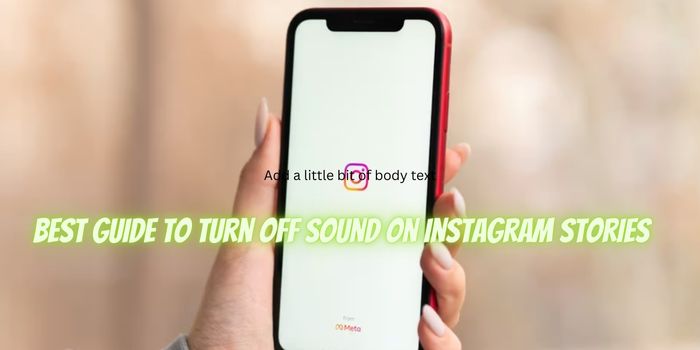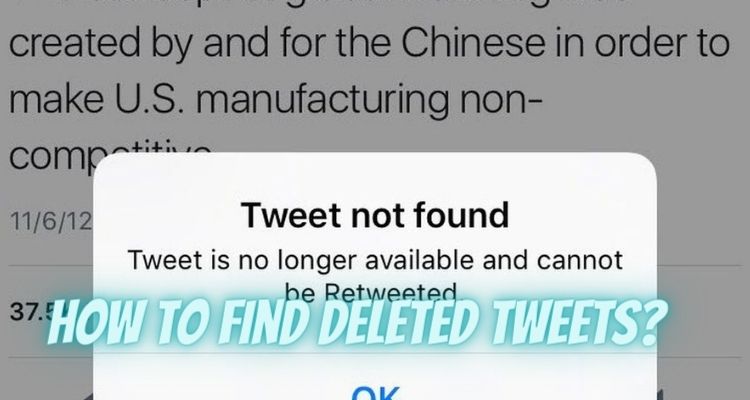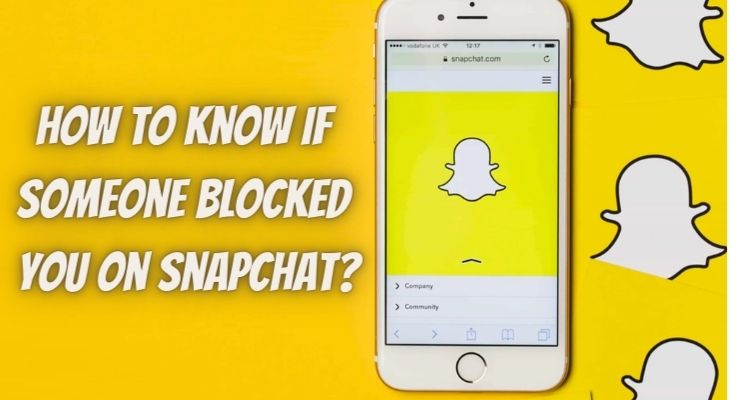Building a brand online feels impossible sometimes. Every day there are new businesses popping up, all fighting for attention from the same people who are already overwhelmed with marketing messages. You see ads everywhere – on websites, social media, even when you’re trying to watch a video or read an article.
But here’s the thing that most business owners get wrong. They think brand awareness just means shouting their name as loudly as possible and hoping someone notices. That’s not how it works anymore. People have gotten really good at ignoring obvious marketing attempts.
The businesses that actually succeed at building brand recognition online are the ones that show up consistently with something useful to say. They don’t just announce that they exist – they prove they’re worth remembering.
Figure Out Where Your People Actually Are
You can’t build brand awareness if you don’t know who you’re trying to reach. This sounds obvious, but most businesses make assumptions about their customers that turn out to be completely wrong.
Your target customer might hang out on LinkedIn during work hours, but switch to Instagram in the evenings. They might read industry blogs on weekdays but browse Reddit on weekends. Understanding these patterns means you can show up where people are actually paying attention instead of where you think they should be.
Age makes a huge difference too. Someone in their 20s discovers brands differently than someone in their 50s. They use different platforms, trust different sources, and have different expectations about how businesses should communicate.
Don’t forget about timing either. B2B audiences are usually more receptive during business hours, while consumer brands might do better targeting evenings and weekends when people are relaxed and browsing casually.
Visual Content That Actually Stands Out
Everyone knows visual content performs better than text, but most businesses create visuals that look exactly the same as everyone else in their industry. Cookie-cutter stock photos and generic color schemes don’t help anyone remember your brand.
Your visual style should be consistent across everything you do. Same colors, similar fonts, recognizable design elements. When someone sees your content, they should be able to identify it as yours even before they read your name.
But consistency doesn’t mean boring. Some of the most memorable brands online use bold colors, unexpected imagery, or distinctive design choices that make them impossible to ignore.
Smart businesses also think beyond social media when it comes to visual marketing. Exploring opportunities through established banner ad networks for advertisers can help reach audiences on websites and platforms that competitors might not be using, giving you a chance to stand out where there’s less competition for attention.
Content That People Actually Remember
Creating memorable content is tricky because you need to balance being helpful with being promotional. Give away too much value and people take it without remembering who provided it. Push your brand too hard and people tune you out.
The sweet spot is content that solves real problems while subtly demonstrating your expertise. When someone learns something useful from your blog post or video, they’re more likely to think of your brand when they need related services.
Stories work better than facts for building brand awareness. People forget statistics but remember stories about how your business started, interesting customers you’ve helped, or challenges you’ve overcome. These narratives create emotional connections that pure information cannot.
Consistency matters more than perfection when it comes to content creation. Publishing something useful every week beats creating one amazing piece every few months. Regular presence builds familiarity, and familiar brands get chosen over unknown ones.
Social Media Without the Social Media Burnout
Different platforms serve different purposes, and trying to be everywhere at once is a recipe for mediocrity. Pick two or three platforms where your audience actually spends time and focus on doing those well.
LinkedIn works great for professional services but terrible for lifestyle brands. Instagram is perfect for visually appealing products but might not work for complex B2B services. TikTok can build incredible awareness for the right brands but requires a completely different content approach than other platforms.
Engagement quality beats follower quantity every time. A thousand engaged followers who comment, share, and actually care about your content are worth more than ten thousand passive followers who never interact with anything you post.
Don’t try to game the algorithms – just create content that your actual customers find valuable. When people genuinely engage with your posts, the algorithms naturally show your content to more people.
Getting Found When People Are Looking
Search engine optimization might sound technical, but it’s really just about making sure you show up when people search for what you offer. If someone searches for “accounting services in Denver” and you’re an accountant in Denver, you want to appear in those results.
Local search is huge for businesses that serve specific areas. When people add “near me” to their searches, they’re usually ready to take action. Being visible in those results can generate immediate brand awareness among highly qualified prospects.
Online reviews play a big role in both search visibility and brand credibility. People trust businesses with lots of positive reviews, and search engines tend to show those businesses more often. Asking satisfied customers for reviews isn’t pushy – it’s smart business.
Email That People Want to Receive
Email marketing gets a bad reputation because most businesses use it wrong. They send boring newsletters full of self-promotional content that nobody wants to read. But when done right, email builds stronger brand awareness than any other channel.
The key is providing genuine value in every email you send. Industry insights, helpful tips, behind-the-scenes stories, or early access to new products all give people reasons to open your emails instead of deleting them.
Your email design should be instantly recognizable as coming from your brand. Consistent colors, fonts, and layout create visual recognition that reinforces your brand identity every time someone opens your message.
Partnerships That Actually Work
Strategic partnerships can expose your brand to new audiences without feeling like advertising. When a complementary business recommends you to their customers, it carries more weight than any promotional campaign you could run.
Guest content opportunities let you share your expertise on other platforms while subtly introducing your brand to new audiences. Writing for industry publications or appearing on relevant podcasts builds credibility while expanding your reach.
Cross-promotion works well when both businesses benefit equally. You recommend a partner to your audience while they do the same for you. This mutual support creates expanded brand awareness for both companies.
Know If It’s Working
Brand awareness takes time to build, so you need different metrics than direct sales campaigns. Website traffic growth, social media mentions, and searches for your brand name all indicate increasing awareness.
The ultimate test is whether people recognize your brand without prompting. If someone can identify your business when they see your logo or hear your name, your brand awareness efforts are working.
Direct referrals show that your brand is memorable enough for people to recommend you to others. This word-of-mouth awareness is often more valuable than anything you can create through marketing because it comes with built-in trust.
The Long Game
Building real brand awareness online takes patience. The businesses that succeed at this understand that awareness builds slowly through consistent, valuable interactions rather than flashy promotional campaigns.
Authenticity matters more than ever because people can spot fake marketing from miles away. Brands that communicate genuinely about their values and expertise build stronger, more lasting awareness than those that rely on hype and promotion.
The most effective approach combines multiple tactics working together over time. Visual consistency, valuable content, strategic partnerships, and regular communication create comprehensive brand visibility that supports real business growth. It’s not quick, but it works better than any shortcut you’ll find.




